
Technical analysis of Stalia olive oil
Discover a complete, technical, rigorous and visual study of the technical analysis of Stalia olive oil.
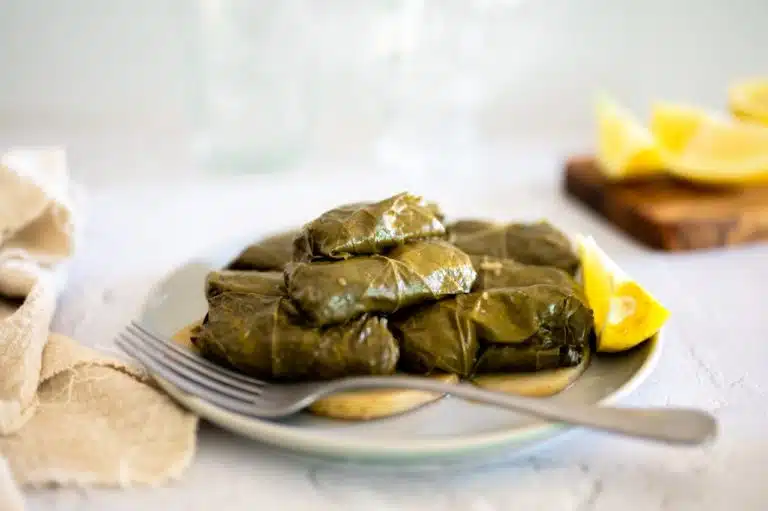
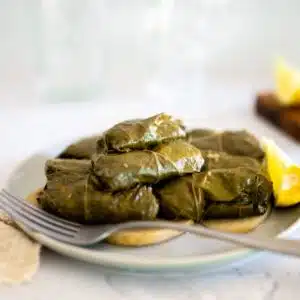
Dolmades are stuffed vine leaves that play an essential role in Greek cuisine. Appreciated for their tenderness and delicate aromas, they are one of the most emblematic mezze dishes. Whether served as a starter or a main course, they are seductive in their finesse. As such, they are a natural part of many Greek meals. Immerse yourself in the world of dolmades and discover everything that makes this dish so popular in Greece.
Dolmades date back to ancient times, and have survived the centuries without ever losing their place at the table. In fact, the word “dolma”, of Turkish origin, means “filled” or “stuffed”. This term perfectly reflects the nature of this generous dish. Traditionally, dolmades consist of vine leaves stuffed with rice, herbs and sometimes minced meat. Over the centuries, they have become a symbol of abundance and conviviality. Indeed, they are often found at family celebrations and meals. In this way, dolmades embody the culinary richness of Greece and the entire Mediterranean.
Dolmades are based on a balance between fresh plant elements and typically Mediterranean seasonings. Each ingredient plays a precise role in the final flavor.
The vine leaves serve as a soft, edible and fragrant husk. Inside is rice, often long-grain or fragrant. This is sautéed briefly with onion and garlic for flavor. Fresh herbs such as parsley, dill and mint add freshness and aroma. Alternatively, some recipes include ground meat, lamb or beef for a richer taste and more nourishing texture.
Olive oil is essential, both for cooking and for the final texture. Lemon juice adds a light acidity that balances the flavors. Depending on the variant, a hint of sweet pepper or cumin can also be added for a hotter note. Thanks to this diversity, each dolmade combines freshness, roundness and depth.
Dolmades aren’t just tasty. In fact, they also offer an interesting nutritional profile, thanks in particular to their plant-based ingredients.
Firstly, the rice used in the stuffing provides complex carbohydrates and fiber to aid digestion. Secondly, grape leaves, which are very low in calories, are rich in antioxidants. They also contain essential vitamins such as vitamin A and vitamin K. At the same time, fresh herbs add minerals and reinforce the dish’s antioxidant effect.
In addition, olive oil, used in cooking and seasoning, provides monounsaturated fatty acids. These lipids are known for their cardiovascular health benefits. Finally, when minced meat is included in the recipe, dolmades also become a good source of quality protein. This traditional dish combines lightness, balance and pleasure.
Dolmades can be eaten cold or at room temperature. Thanks to their delicate taste, they are often served as an appetizer or mezze at the start of a meal. For traditional service, they are beautifully arranged on a platter, accompanied by slices of lemon and fresh parsley.
What’s more, they go perfectly with yoghurt sauce or tzatziki. This combination adds freshness and softens the acidity of the lemon. As a complement, dolmades can also be served with a Greek salad, feta cheese or olives.
A dry white wine or a light rosé goes very well with this dish. Thanks to their melt-in-the-mouth texture and balanced flavors, dolmades can be integrated into a wide range of combinations, from the simplest to the most elaborate.
Dolmades vary from region to region in Greece. Each local version adds a personal touch to the traditional recipe.
In Crete, for example, dolmades are sometimes prepared using only rice and grated vegetables such as zucchinis or carrots. This meatless variant highlights the freshness of local produce. Conversely, in northern Greece, the stuffing often includes minced meat, usually lamb or beef. This version is more nourishing, with a richer texture and more intense flavor.
What’s more, some regional recipes add raisins or pine nuts to enrich the filling. Thanks to these adjustments, dolmades take on a variety of forms, depending on local preferences. These differences illustrate the creativity of Greek cooks and the diversity of local gastronomy.
Dolmades can easily be stored for several days, provided a few simple precautions are taken.
To preserve their freshness, place them in an airtight container, preferably glass. It’s also a good idea to separate the layers with cling film to prevent them from sticking together. Thanks to this method, they can be kept for up to four days in the refrigerator. Before serving, simply take them out in advance to bring them to room temperature. If necessary, they can be gently reheated in the oven, without drying them out.
Although less common, dolmades can be frozen. To avoid texture deterioration, it’s best to freeze them individually on a tray. Then simply assemble them in a freezer bag. When reheating, use a gentle oven or saucepan. Avoid microwaves, which alter texture and taste.
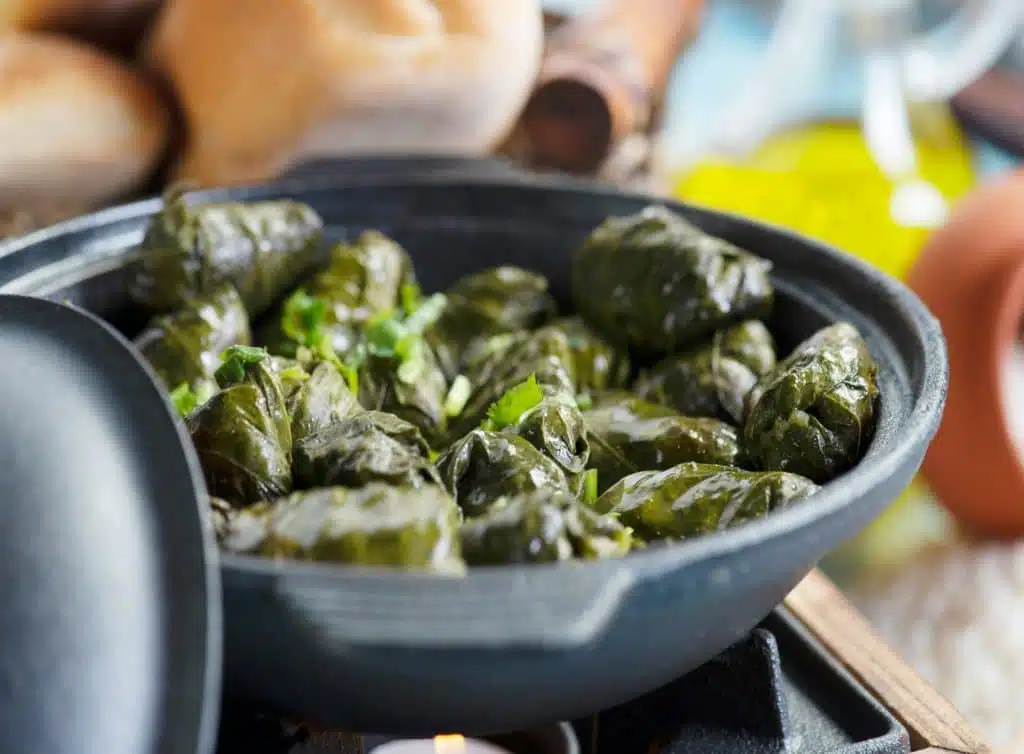
Tasting dolmades in Greece is more than just tasting. It’s a true immersion in the Mediterranean art of living.
In Greek taverns, dolmades take pride of place. They are often found as starters, served with other mezzés. They are often accompanied by tzatziki, black olives or feta cheese. Thanks to their melt-in-the-mouth texture and fresh herb fragrance, they’re an instant hit with the taste buds. Whether on an island or in a mountain village, this dish is always served with generosity.
Dolmades can be enjoyed on the terrace, in the shade of olive trees or facing the sea. Service takes place in a relaxed atmosphere, punctuated by conversation and laughter. Every bite is a reminder of the richness of local produce and the simplicity of Greek meals. Thanks to this unique atmosphere, the experience becomes as memorable as the taste of the dish itself.
In Greece, dolmades go far beyond their flavor. They represent a deep bond with tradition and family.
Very often, dolmades are prepared in the family, especially during major religious festivals. Each generation learns the recipe by observing the gestures of their elders. This preserves traditions and strengthens family ties. Thanks to this transmission, recipes may evolve slightly, but the spirit always remains intact.
At weddings or village meals, dolmades are among the most eagerly awaited dishes. They mark major events, as well as simple everyday moments. Often, the women gather around a large table to roll the leaves one by one. This repetitive gesture becomes almost meditative, but above all collective.
Finally, dolmades embody the soul of Greek cuisine. Thanks to their simplicity, balanced taste and artisanal preparation, they perfectly illustrate the importance of sharing and conviviality. Each dish of dolmades tells a story, a memory, an identity. In savoring them, you also get a taste of Greek culture.
Mediterranean cuisine | Saganaki recipe | Greek salt | Santorini | Spanakopita recipe | Greek soap | Kastellorizo | Souvlaki recipe | Greek bronze | Feta cheese | La Tapenade | Chania | Taramasalata recipe | Ouzo | Corfu | Traditional Greek recipes |
Recent articles

Discover a complete, technical, rigorous and visual study of the technical analysis of Stalia olive oil.

Discover a complete, technical, rigorous and visual study of the technical analysis of Eladaki olive oil.

The Festival of Athens and Epidaurus 2025, to be held from June 1 to August 24, celebrates 70 years of cultural history. This not-to-be-missed event combines ancient theater, classical music, opera, contemporary dance and innovative creations, spread between the Odeon of Herod Atticus in Athens, the ancient theater of Epidaurus, Peiraios 260 and other exceptional sites. With a rich, international program, advanced accessibility features, and an organization that cares about heritage and the environment, the festival offers a unique experience combining heritage, art and modernity.

Discover Delphi, the spiritual center of ancient Greece. Oracle, architecture, myths, sacred geography: immerse yourself in the history of a unique UNESCO-listed site, where legend, power and living heritage come together.
Disappeared over two thousand years ago, the Colossus of Rhodes continues to fascinate. Ranked among the Seven Wonders of Antiquity, this bronze giant dedicated to Helios symbolized power, resilience and Rhodian identity. Through ancient stories, works of art and modern projects, its myth endures. This article explores the history, construction and legacy of one of the most emblematic figures of the ancient world.
100% Greek products from local artisans, shipped from Rethymno in Crete!
Transactions protected by the latest European standards.
Any questions? We respond quickly and attentively.
We deliver worldwide with DHL tracked delivery.
 Accessories
Accessories
 Beverages
Beverages
 Cosmetics
Cosmetics
 Gift sets and kits
Gift sets and kits
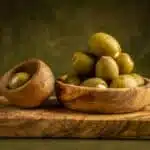 Grocery
Grocery
 Home and decoration
Home and decoration
 Non classifié(e)
Non classifié(e)